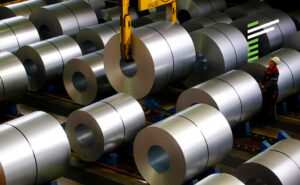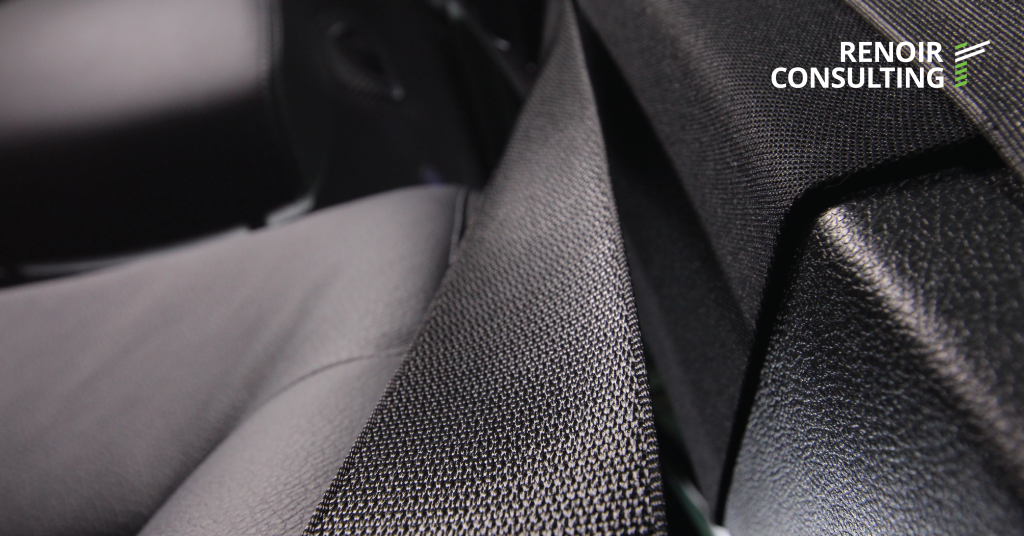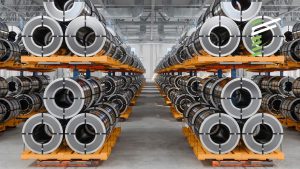At a Glance
- A UK-based manufacturer of seatbelt webbing engaged Renoir to help them reduce waste, improve throughput and enhance control over their core processes.
- Renoir identified issues in production planning, maintenance and waste after a two-week analysis.
- At the end of the project, the manufacturer had reduced waste by 30%, improving overall production and product quality.
Key results
30%
waste reduction
Improved productivity and quality
Better customer delivery/responsiveness
Better margins
Background
A UK-based manufacturer of webbings used for seatbelts and a variety of other applications was concerned about future demand levels and its ability to respond swiftly to significant changes. Given the company board’s long-standing working relationship with Renoir, they commissioned us to conduct an initial survey to identify ways to reduce waste, improve throughput and enhance control over their core processes.
Analysis
After analysing the situation for two weeks, Renoir identified the following issues impacting production:
- Product changeover caused delays at the two main stages of manufacture (weaving and dyeing). Planning within the dye house did not focus sufficiently on this situation, resulting in sub-optimal machine throughput.
- The reactive maintenance approach had a significant impact on production, especially in the dye house, resulting in a factory bottleneck.
- The quality standards throughout the process were not robust or focused enough, resulting in a large quantity of substandard webbing.

Enhance line management & scheduling for streamlined operations

New planning framework reduces stope failures for mining client

Better sourcing and procurement for cost savings: Case study

Enhance line management & scheduling for streamlined operations
Ready for a change in your organisation?
Project Approach
Production planning was split into two focus areas:
- Seatbelt production. In order to minimise changeover times and maintain longer production runs, production was planned every week, particularly in the main dye house.
- Non-seatbelt products require short production runs of specific designs and colours. Despite a reduction in demand, manufacturing remained unchanged. This resulted in excess stock and work in progress (WIP). To address this, the planning process was changed to incorporate a model that helps identify the optimal stock levels at each stage of the production process. This led to cost reductions and greater flexibility.
Maintenance had been operating in crisis mode, increasing breakdowns, particularly in the dye house. This resulted in lost throughput and increased waste. A preventative maintenance programme was provided as a means to reduce downtime. There was also a shortage of spare parts in maintenance. A plan was designed to catalogue maintenance stores and identify the parts required.
Waste. The process was fragile, and the materials used created ongoing quality problems. Significant benefits were achieved by focusing on two major areas:
- Within the weaving and dyeing processes, there was an increased focus on identifying quality faults earlier and standardising identification methods.
- Within the dyeing process, improvements were made to increase liquid flow, thereby eliminating spotting (the number one quality problem)
*We have intentionally omitted client-specific details to uphold strict confidentiality.
Don’t let productivity losses hold you back!










